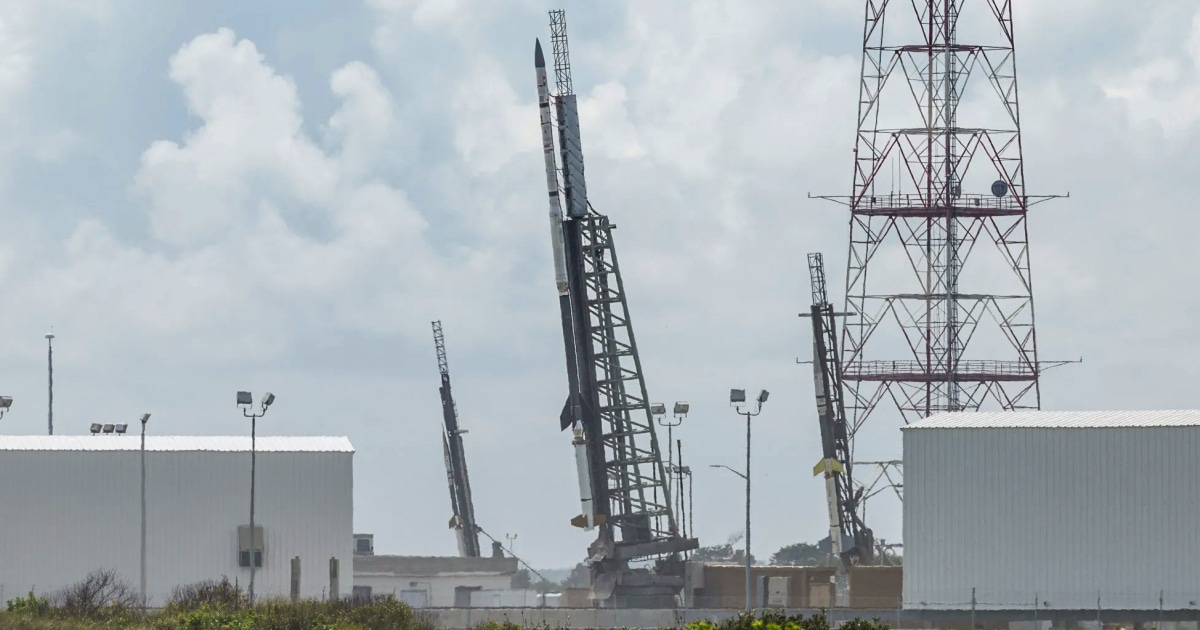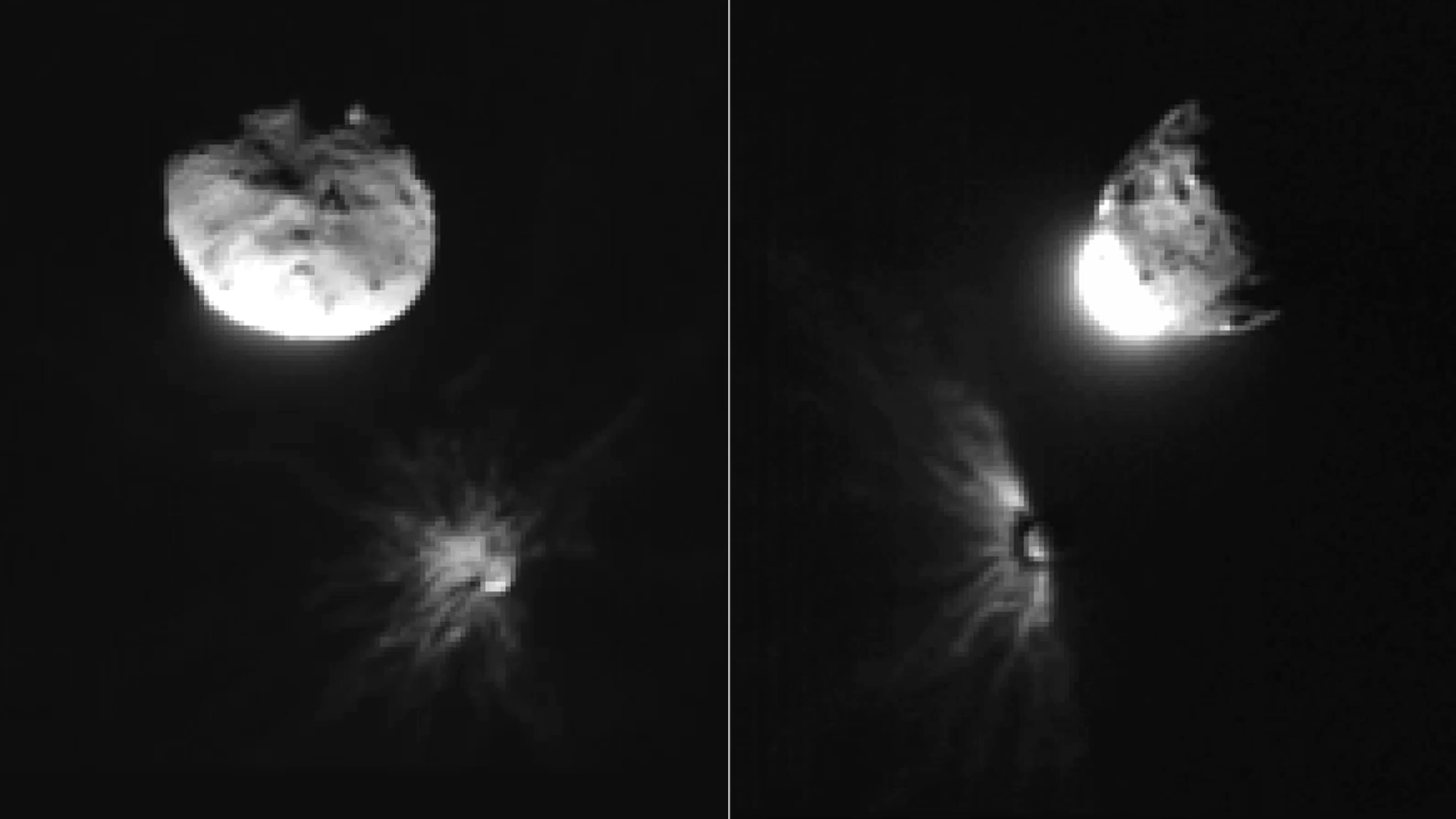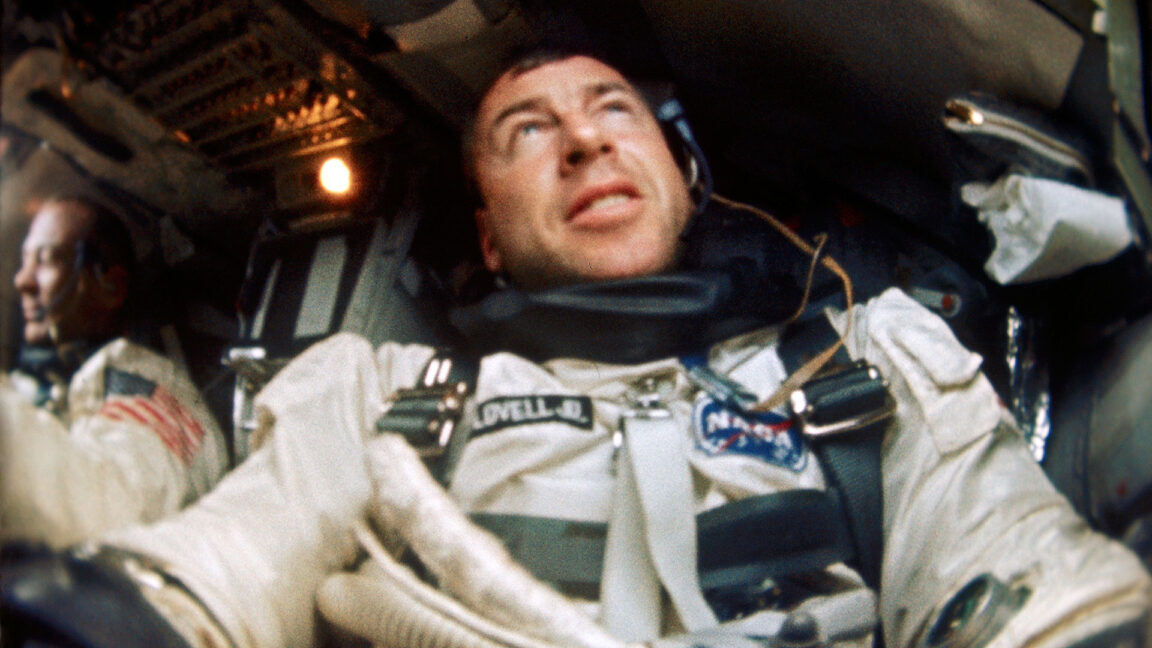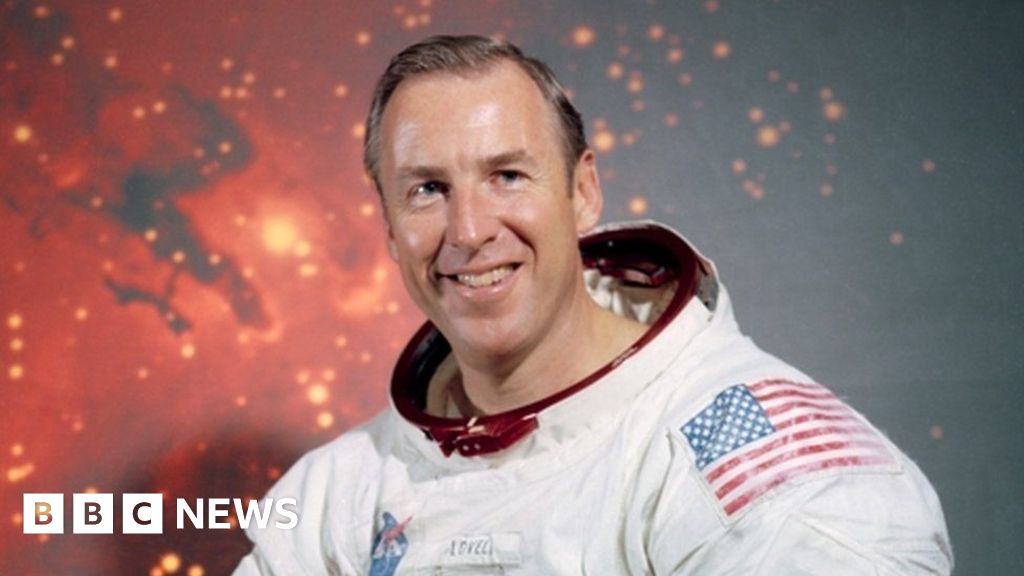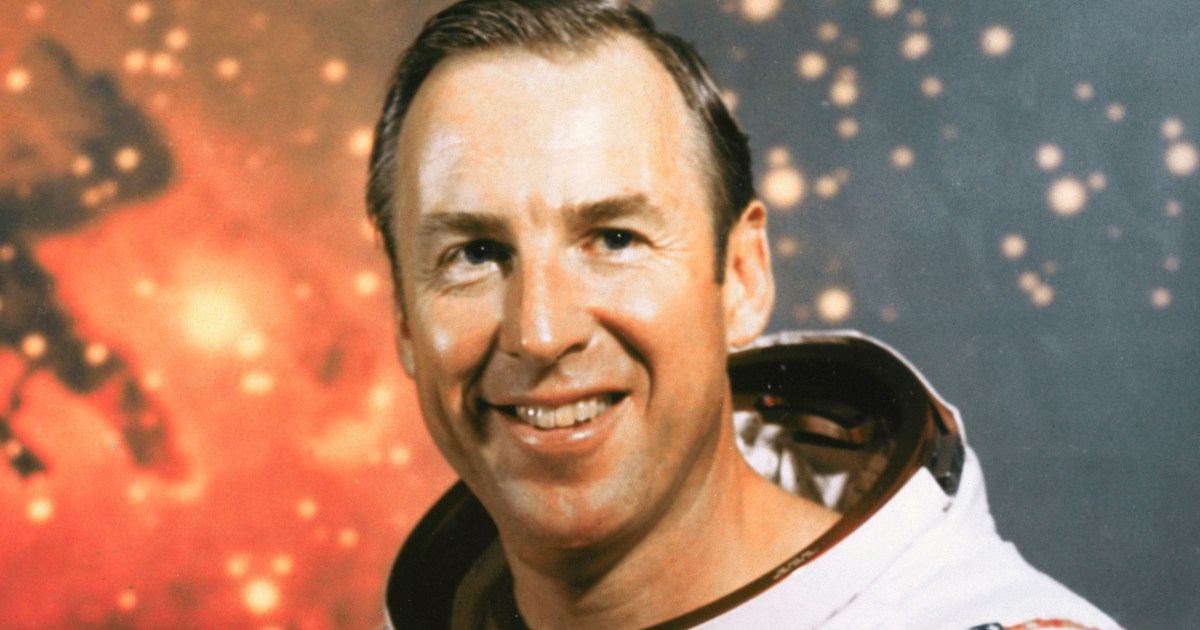Breaking the Glass Ceiling at NASA: The Impact of Women in the Space Shuttle Program
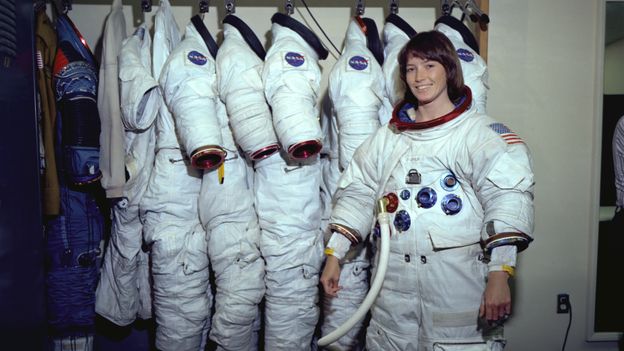
Introduction
In 1978, Nasa announced 35 new astronauts for a new era of spaceflight - and six of them were women. This was a groundbreaking moment, as it marked the first time women were given the opportunity to break the glass ceiling at Nasa. The Space Shuttle programme played a crucial role in chipping away at one of Nasa's blind spots and opening doors for women in the field of space exploration.
Key Details
Before the Space Shuttle programme, women were not allowed to become astronauts due to outdated stereotypes and gender biases. However, after the success of the Apollo program, Nasa realized the need for diversity in their astronaut corps and opened the doors to women. The Space Shuttle programme provided a more flexible and inclusive environment for women to showcase their skills and capabilities. As a result, women such as Sally Ride, the first American woman in space, and Mae Jemison, the first African-American woman in space, were able to shatter the glass ceiling and pave the way for future generations.
Impact
The inclusion of women in the Space Shuttle programme had a significant impact on the space industry and society as a whole. It not only proved that women are equally capable of excelling in a male-dominated field, but also inspired young girls to dream big and pursue careers in science and technology. This increased diversity and representation within Nasa
About the Organizations Mentioned
NASA
The National Aeronautics and Space Administration (NASA) is the United States’ premier civil space agency, responsible for the nation’s civilian space program, aeronautics research, and aerospace technology development[1][2]. Headquartered in Washington, D.C., NASA operates ten major field centers across the country and employs nearly 18,000 civil servants, supported by an extensive network of contractors, academic institutions, and international partners[1][2]. Since its establishment in 1958, NASA has revolutionized humanity’s understanding of the cosmos, pioneered technological advancements, and shaped global space policy. ## History and Key Achievements NASA was created in response to the Soviet Union’s 1957 launch of Sputnik, with the goal of ensuring U.S. leadership in space exploration. It succeeded the National Advisory Committee for Aeronautics (NACA) and quickly became the driving force behind iconic programs such as Project Mercury (America’s first human spaceflight program), Project Gemini (which developed techniques for space rendezvous and extravehicular activity), and the Apollo program, which landed astronauts on the Moon between 1969 and 1972[1]. The agency also developed the Space Shuttle, the world’s first reusable spacecraft, and built the International Space Station (ISS), a symbol of international collaboration and scientific research[1][5]. NASA’s robotic exploration has been equally transformative, with over 1,000 uncrewed missions investigating Earth, the Moon, Mars, and beyond. The agency’s fleet of observatories—including the Hubble Space Telescope and the James Webb Space Telescope—has provided unprecedented views of the universe, from the birth of stars to the detection of exoplanets[1]. The Perseverance rover is currently searching for signs of ancient life on Mars, while New Horizons explored Pluto and the outer solar system[1]. ## Current Status and Notable Aspects Today, NASA is advancing the Artemis program, aiming to return human

